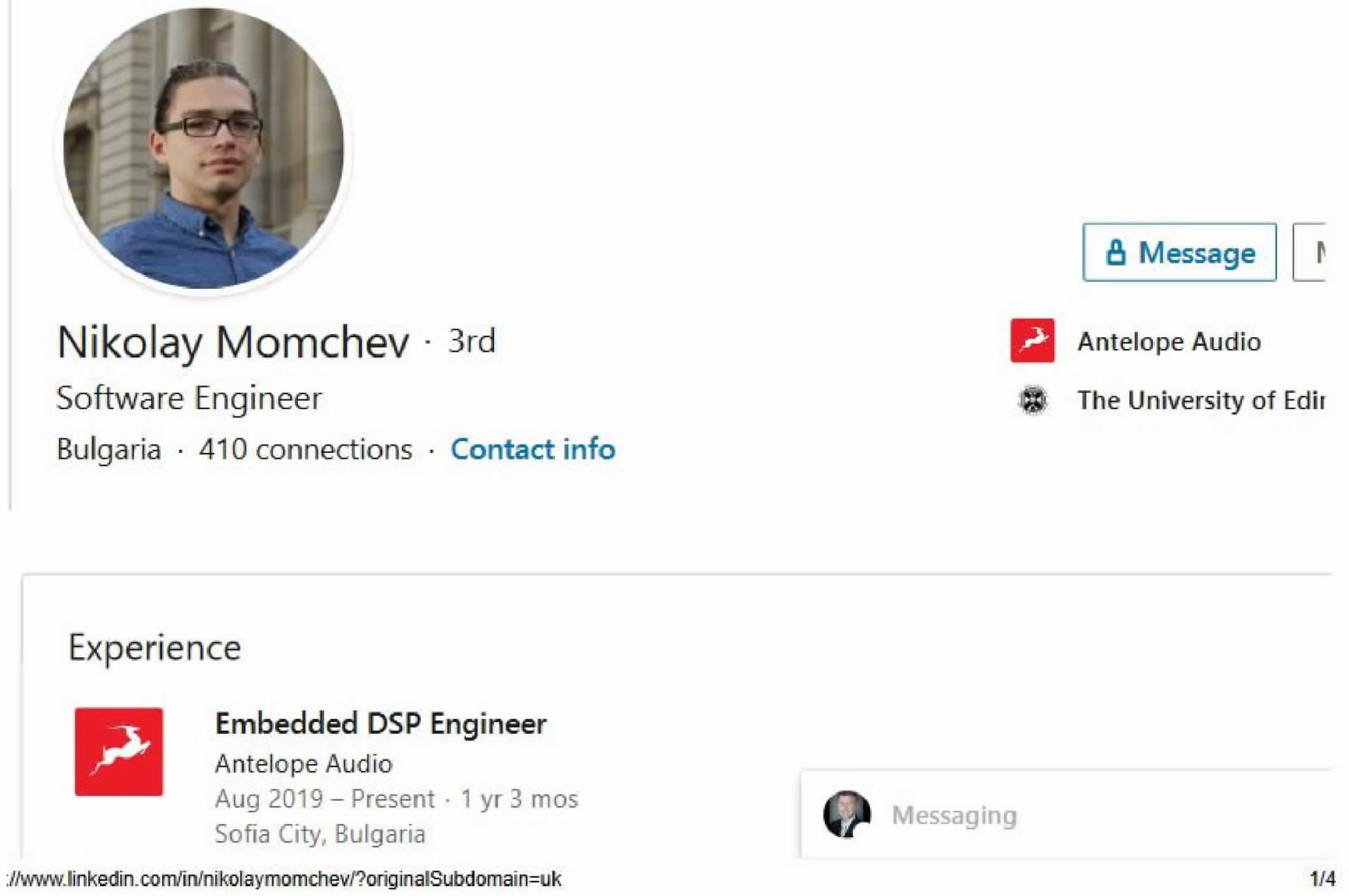Maag Audio, LLC v. Earbyte, Inc.
Citation:
2020 WL 12707953 (E.D. Mich. 2020)
Summary:
The court granted Maag's motion to compel discovery and denied Antelope's motion for a protective order. The court found that Maag's requests for documents sufficient to show Antelope's ownership and organizational arrangements were relevant to the case and proportional to the needs of the case. The court also ordered Antelope to produce documents responsive to RFPs 19 and 23 by December 3, 2020.
Court:
United States District Court, E.D. Michigan, Southern Division
Date decided:
Judge:
Stafford, Elizabeth A.

